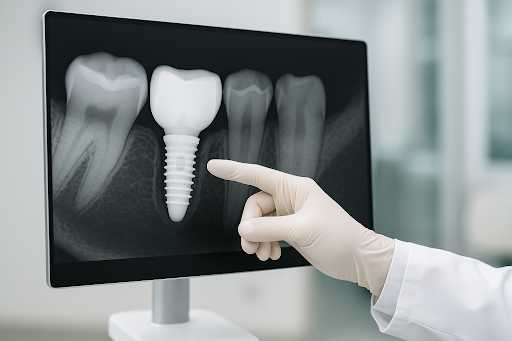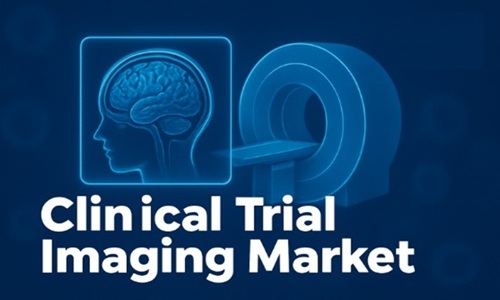In recent years, the landscape of dental implant therapy has been transformed by major advances in digital dentistry, implant materials and treatment protocols making implants more predictable, more accessible, and increasingly appealing for patients and providers alike. For clinics in the Chicago market, highlighting these innovations offers a strong pathway to address patient concerns, build confidence and grow implant-case volume.
Digital Dentistry: Precision Planning and Guided Surgery
One of the biggest shifts is the adoption of 3-D imaging (such as cone-beam CT), intraoral scanning and digital surgical guides. These tools allow clinicians to visualise the patient’s jaw anatomy, bone volume, nerve paths and adjacent structures in three dimensions — rather than relying on flat 2-D X-rays. For example, a recent review found that 3-D imaging techniques and virtual patient modelling significantly improved accuracy of implant placement. Another systematic review found that fully guided digital surgical workflows reliably achieved deviations under ~1 mm from the planned implant position.
What this means for patients: lower risk, fewer surprises, less invasive surgery and faster recovery. For practices: improved efficiency, clearer treatment planning, predictable outcomes and stronger communication with patients (who can now “see” the plan in 3-D).
Immediate-Load Protocols & Evolved Implant Materials
Traditionally, implant therapy often required months of healing before placing a restoration. Today, with improved implant designs, surface treatments and immediate-load protocols, many patients can receive a prosthetic tooth or bridge much sooner. Leading manufacturers note that immediate placement and provisionalisation shorten the “time-to-teeth” and help preserve soft and hard tissues.A recent study reported a 100 % survival rate (over a 2-year period) for narrow-diameter implants placed and immediately provisionalised in a same-day workflow.
In parallel, long-term survival data for modern implants have continued to improve. A systematic review found that 10-year implant survival rates average around 96.4 % (95 % CI 95.2-97.5 %). With those kinds of outcomes, the risk/benefit calculus for patients flips more in favour of implant therapy and many practices are now able to communicate “high success over a decade or more” as selling-points.
Lowering Barriers: Access, Cost, and Practice Integration
As the technology and protocols improve, more general dental practices (not only specialist implant surgeons) are able to offer implant solutions. The digital workflows and guided surgery systems reduce the learning curve, minimise variability and allow for more streamlined care. In a city like Chicago, where competition among dental providers and demanding patient expectations are common, practices that adopt and communicate these advanced technologies can position themselves as progressive, high-value providers.
Furthermore, as treatment times shrink (thanks to immediate-load workflows) and patient-friendly experiences improve, the perceived threshold for implants lowers. Patients who may have delayed treatment because of apprehension or complexity are now more likely to move forward especially when clinics emphasise the precision, convenience and long-term reliability of modern implants.
Chicago-Specific Angle: Why Local Patients Should Care
In Chicago, patients are sophisticated and outcome-driven. Clinics that highlight their state-of-the-art digital imaging, guided surgery protocols and same-day-teeth workflows can stand out in a crowded market. Emphasising long-term data (10-year survival ~96 %), convenience (immediate provisionalisation) and predictable aesthetics and function will resonate with busy urban professionals who expect high quality with minimal disruption. Also, with increasing general-dentist involvement in implants, patients benefit from continuity of care (their trusted dentist coordinates implants rather than being referred out).
Key Takeaways for Implant Practices
Educate patients that implant therapy today is far more predictable — thanks to 3-D planning and guided surgery.
Emphasise that fewer visits and faster results are now viable, not just pipe-dreams (due to immediate-load protocols and digital workflows).
Leverage long-term survival data (10-year survival ~96 %) to build trust and reduce patient hesitation.
Promote your practice’s technological edge (digital scans, guided implant placement, same-day provisional) as a differentiator in the Chicago market.
Position implant therapy not as a “last resort,” but as a practical, accessible option for missing teeth, thanks to lower barriers and higher confidence in outcomes.
By communicating these advances clearly and confidently, dental implant practices in Chicago can tap into rising patient demand, overcome legacy perceptions of complexity, and turn technology into tangible patient benefit.


















